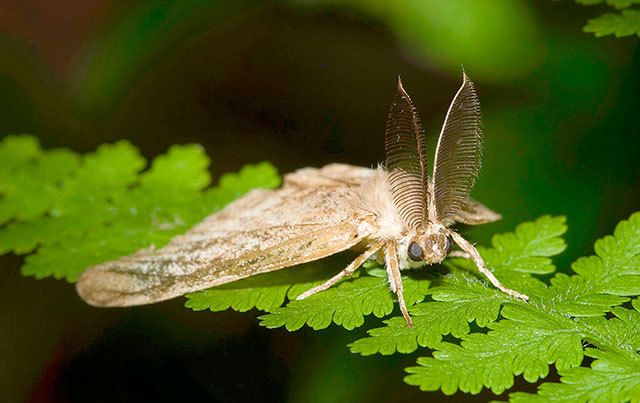After conducting its second largest gypsy moth eradication ever this past spring, the state Department of Agriculture (WSDA) announced on Monday that no spraying will take place in 2017.
In its 30,000 traps placed this summer, WSDA caught 25 European gypsy moths. Subsequent searches did not find signs of established populations. None of the more destructive Asian gypsy moths were found this year and no moths were found in the areas (including Kent) where WSDA treated for gypsy moths earlier this spring.
Because no Asian gypsy moths nor reproducing European gypsy moths were found, WSDA will not need to spray for gypsy moths next year.
“This spring’s treatment results are very encouraging,” WSDA Director Derek Sandison said. “The community support for this work continues to help protect our environment from this destructive pest.”
Moths were caught throughout the state this summer, including two moths in Eastern Washington. Many of these catches are likely new introductions that came with people moving from the Midwestern and Eastern states that are infested with gypsy moth.
“New England had its largest gypsy moth outbreak in 30 years this summer. With outbreaks in other areas, we expect to see more catches in our state,” said Jim Marra, pest program manager for WSDA’s gypsy moth program.
The New England outbreak resulted in tree damage so widespread that it could be seen from space in June. Some of those trees have since died and officials are planning to remove them.
WSDA continues its decades-long effort to protect Washington’s trees from the gypsy moth next summer, when trappers will place 20,000 – 30,000 traps statewide.
Talk to us
Please share your story tips by emailing editor@kentreporter.com.
To share your opinion for publication, submit a letter through our website https://www.kentreporter.com/submit-letter/. Include your name, address and daytime phone number. (We’ll only publish your name and hometown.) Please keep letters to 300 words or less.

